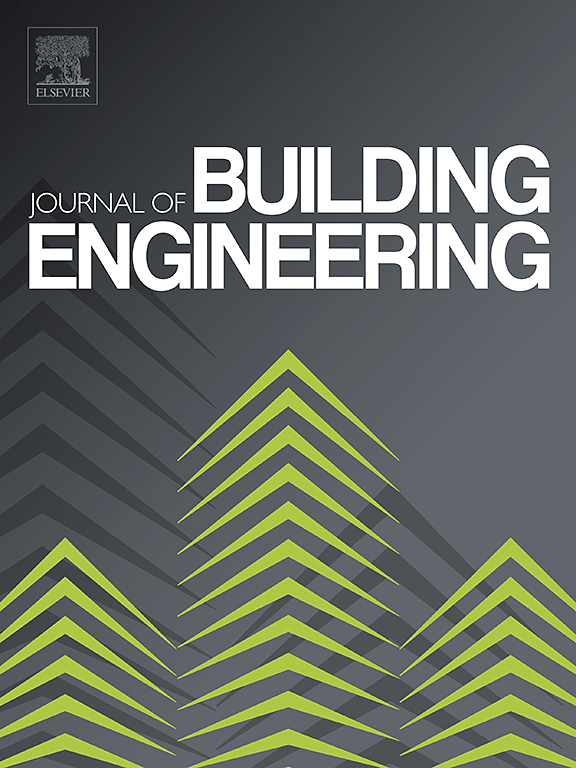Acoustic emission characteristics and constitutive model of steel fiber and steel ball reinforced UHPC under uniaxial tension
IF 6.7
2区 工程技术
Q1 CONSTRUCTION & BUILDING TECHNOLOGY
引用次数: 0
Abstract
Steel fiber and steel ball reinforced Ultra-High-Performance Concrete (SFBUHPC) is well-known for its impact resistance, while its tensile performance has not been studied systematically. In this study, the tensile performance of SFBUHPC was investigated using dog-bone specimens. The tests were conducted under displacement control with a loading rate of 0.001 mm/s, and the tensile process was monitored through acoustic emission (AE) technology. The results indicated that steel fibers obviously improved the brittleness of SFBUHPC, with the maximum uniaxial tensile peak stress reaching 6.9 MPa at a steel fiber volume fraction of 6 %. The tensile stress-strain curve of SFBUHPC showed a sudden drop after the specimen reached the tensile peak stress due to the incorporation of steel balls. However, this sudden drop phenomenon was alleviated as the steel fiber volume fraction increased from 1 % to 6 %, with the magnitude of the stress drop reducing from 38.1 % to 17.4 %. Based on the peak frequency of AE, AE sources were classified, enabling a more precise identification of internal damage mechanisms. Finally, the damage factor was defined using AE accumulative counting based on the damage theory and was utilized to develop a novel constitutive model capable of effectively capturing the stress-strain curve characteristics. This study provides a comprehensive understanding of the tensile behavior of SFBUHPC and offers valuable insights for its engineering applications and further development.
求助全文
约1分钟内获得全文
求助全文
来源期刊

Journal of building engineering
Engineering-Civil and Structural Engineering
CiteScore
10.00
自引率
12.50%
发文量
1901
审稿时长
35 days
期刊介绍:
The Journal of Building Engineering is an interdisciplinary journal that covers all aspects of science and technology concerned with the whole life cycle of the built environment; from the design phase through to construction, operation, performance, maintenance and its deterioration.
 求助内容:
求助内容: 应助结果提醒方式:
应助结果提醒方式:


